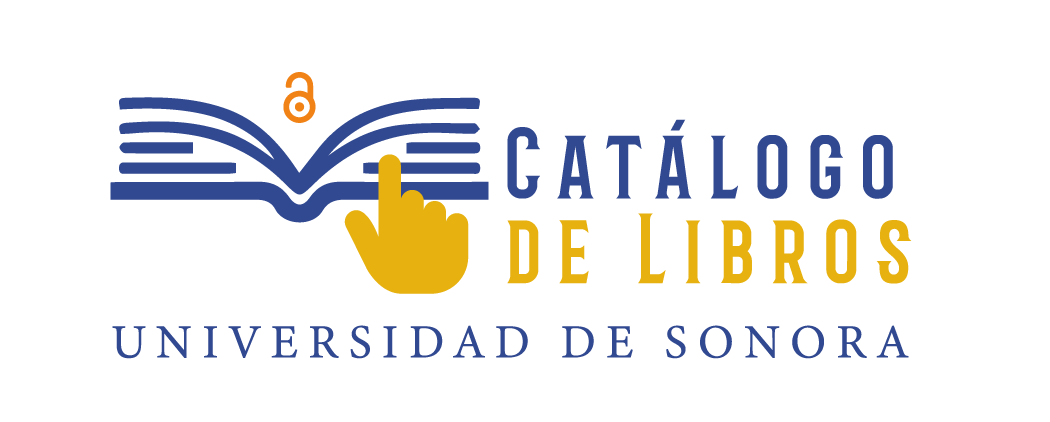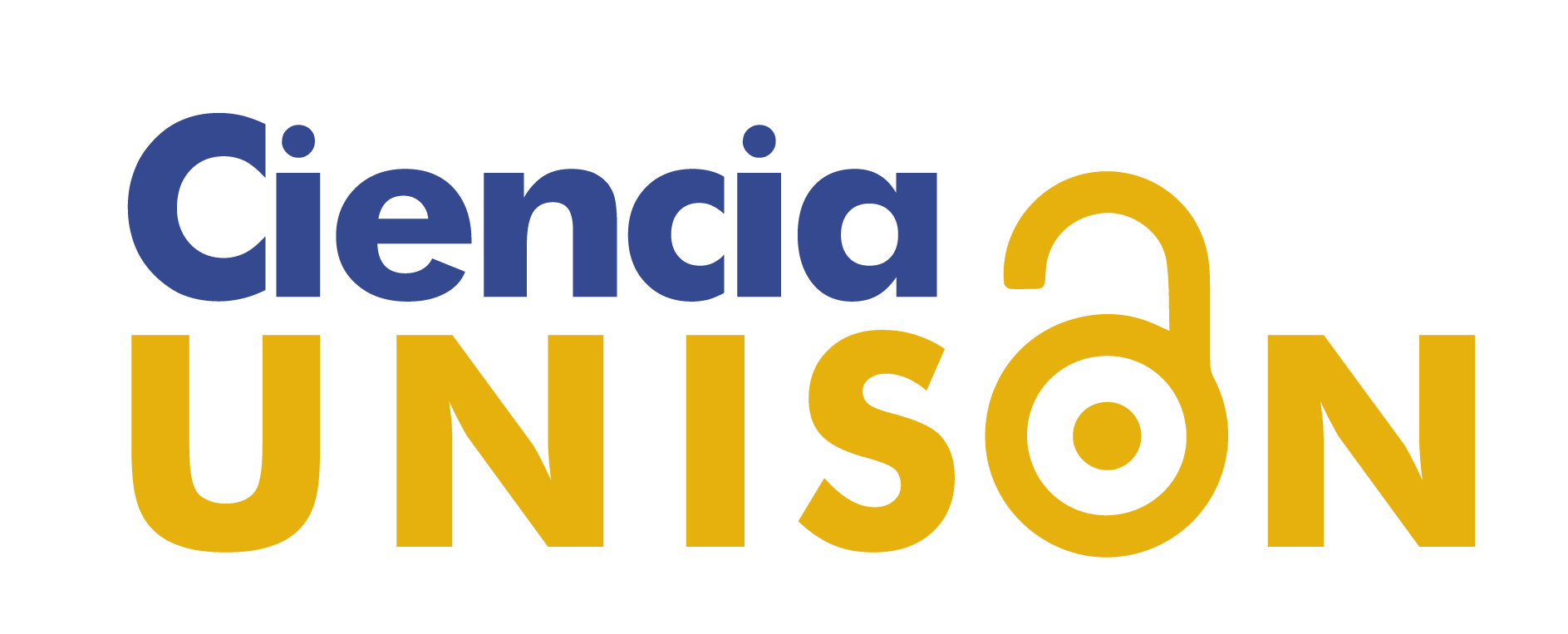Physiological response of the oyster Crassostrea gigas during an exposure and depuration period to the dinoflagellate Prorocentrum lima
Physiological response of the oyster Crassostrea gigas exposed to Prorocentrum lima
DOI:
https://doi.org/10.18633/biotecnia.v27.1103Keywords:
Crassostrea gigas, Prorocentrum lima, hemocyte, physiological response, immune system, Harmful algaAbstract
Blooms caused by the dinoflagellate Prorocentrum lima produce toxins potentially harmful to human health indirectly by the consumption of mollusks. The short-term exposure and depuration period to the dinoflagellate P. lima in Crassostrea gigas was studied to know the effects induced in the physiological system. Three treatments were evaluated: control diet with 2 x 106 cell mL-1 C. muelleri; T1, oysters fed with P. lima (6 x 103 cell mL-1), and T2, oysters fed with P. lima (6 x 103 cell mL-1), and C. muelleri (2 x 106 cell mL-1), during 13 days exposure phase, followed by 15 days depuration phase. Differentiation and count of hemocyte, as well as, hemolymph parameters: protein, glucose, lactate, cholesterol, and triglycerides were examined. A significant decrease in the total hemocyte, granulocytes, and hyalinocytes count after 13 days of exposure phase was detected in the treatments with P. lima. The physiological response of C. gigas against the dinoflagellate was also affected, with significant differences in the concentration of glucose, lactate, cholesterol, and triglycerides during the trial. Experimental results suggest an affection in the physiological response of C. gigas as a result to P. lima exposure, with recuperation after 8 days with a control di
Downloads
References
ACCORONI, S., CANGINI, M., ANGELETTI, R., LOSASSO, C., BACCHIOCCHI, S., COSTA, A., DI TARANTO, A., ESCALERA, L., FEDRIZZI, G. & GARZIA, A. 2024. Marine phycotoxin levels in shellfish—14 years of data gathered along the Italian coast. Harmful Algae, 131, 102560.
ALESCI, A., FUMIA, A., ALBANO, M., MESSINA, E., D'ANGELO, R., MANGANO, A., MILLER, A., SPANÒ, N., SAVOCA, S. & CAPILLO, G. 2023. Investigating the internal system of defense of Gastropoda Aplysia depilans (Gmelin, 1791): Focus on hemocytes. Fish & Shellfish Immunology, 137, 108791.
ANDERSON, D. M., FENSIN, E., GOBLER, C. J., HOEGLUND, A. E., HUBBARD, K. A., KULIS, D. M., LANDSBERG, J. H., LEFEBVRE, K. A., PROVOOST, P. & RICHLEN, M. L. 2021. Marine harmful algal blooms (HABs) in the United States: History, current status and future trends. Harmful Algae, 102, 101975.
ANDREYEVA, A., KLADCHENKO, E. & GOSTYUKHINA, O. 2022. Effect of hypoxia on immune system of bivalve molluscs. Marine Biological Journal, 7, 3-16.
ANDREYEVA, A. Y., KLADCHENKO, E. S., VYALOVA, O. Y. & KUKHAREVA, T. A. 2021. Functional characterization of the Pacific Oyster, Crassostrea gigas (Bivalvia: Ostreidae), hemocytes under normoxia and short-term hypoxia. Turkish Journal of Fisheries and Aquatic Sciences, 21, 125-133.
AYACHE, N., BILL, B. D., BROSNAHAN, M. L., CAMPBELL, L., DEEDS, J. R., FIORENDINO, J. M., GOBLER, C. J., HANDY, S. M., HARRINGTON, N. & KULIS, D. M. 2023. A survey of Dinophysis spp. and their potential to cause diarrhetic shellfish poisoning in coastal waters of the United States. Journal of Phycology, 59, 658-680.
BAI, X., LIANG, Y., ZHANG, H., CHENG, G., XU, C. & LI, Q. 2024. Combined effects of temperature, salinity and rearing density on the larval growth and survival of the diploid, triploid and tetraploid of the Pacific oyster Crassostrea gigas. Aquaculture, 740690.
BORGES, E., VUADEN, F. C., COGNATO, G. D. P., FAUTH, M. D. G., BONAN, C. D., TURCATO, G., ROSSI, I. C. D. C. & DIAS, R. D. 2004. Effects of starvation on haemolymphatic glucose levels, glycogen contents and nucleotidase activities in different tissues of Helix aspersa (Müller, 1774)(Mollusca, Gastropoda). Journal of Experimental Zoology Part A: Comparative Experimental Biology, 301, 891-897.
CHI, C., GIRI, S. S., JUN, J. W., YUN, S., KIM, H. J., KIM, S. G. & PARK, S. C. 2016. Immune response of the bay scallop, Argopecten irradians, after exposure to the algicide palmitoleic acid. Fish & Shellfish Immunology, 57, 371-378.
DE JESUS ROMERO-GERALDO, R., GARCÍA-LAGUNAS, N. & HERNANDEZ-SAAVEDRA, N. Y. 2014. Effects of in vitro exposure to diarrheic toxin producer Prorocentrum lima on gene expressions related to cell cycle regulation and immune response in Crassostrea gigas. PLoS One, 9, e97181.
DE JESÚS ROMERO-GERALDO, R., GARCÍA-LAGUNAS, N. & HERNÁNDEZ-SAAVEDRA, N. Y. 2016. Crassostrea gigas exposure to the dinoflagellate Prorocentrum lima: Histological and gene expression effects on the digestive gland. Marine Environmental Research, 120, 93-102.
DE LA BALLINA, N. R., MARESCA, F., CAO, A. & VILLALBA, A. 2022. Bivalve haemocyte subpopulations: a review. Frontiers in immunology, 13, 826255.
ECONOMOU, V., PAPADOPOULOU, C., BRETT, M., KANSOUZIDOU, A., CHARALABOPOULOS, K., FILIOUSSIS, G. & SEFERIADIS, K. 2007. Diarrheic shellfish poisoning due to toxic mussel consumption: The first recorded outbreak in Greece. Food additives and contaminants, 24, 297-305.
FAUSTINO, L. S., QUEIROGA, F. R., HÉGARET, H., MARQUES-SANTOS, L. F., NEVES, R. A., NASCIMENTO, S. & DA SILVA, P. M. 2021. Effects of the toxic dinoflagellates Prorocentrum lima and Ostreopsis cf. ovata on immune responses of cultured oysters Crassostrea gasar. Aquatic Toxicology, 236, 105846.
GAILLARD, S., LE GOÏC, N., MALO, F., BOULAIS, M., FABIOUX, C., ZACCAGNINI, L., CARPENTIER, L., SIBAT, M., RÉVEILLON, D. & SÉCHET, V. 2020. Cultures of Dinophysis sacculus, D. acuminata and pectenotoxin 2 affect gametes and fertilization success of the Pacific oyster, Crassostrea gigas. Environmental Pollution, 265, 114840.
GARCÍA-LAGUNAS, N., ROMERO-GERALDO, R., KAO-GODINEZ, A. K. & HERNÁNDEZ-SAAVEDRA, N. Y. 2019. Differential expression of immune response genes in Pacific oyster, Crassostrea gigas spat, fed with dinoflagellates Gymnodinium catenatum and Prorocentrum lima. Latin american journal of aquatic research, 47, 699-705.
GERSSEN, A., POL-HOFSTAD, I. E., POELMAN, M., MULDER, P. P., VAN DEN TOP, H. J. & DE BOER, J. 2010. Marine toxins: Chemistry, toxicity, occurrence and detection, with special reference to the Dutch situation. Toxins, 2, 878-904.
GIFFORD, D. & CARON, D. 2000. 5-Sampling, preservation, enumeration and biomass of marine protozooplankton. ICES Zooplankton Methodology Manual, 193-221.
GLIBERT, P. & BURKHOLDER, J. 2006. The complex relationships between increases in fertilization of the earth, coastal eutrophication and proliferation of harmful algal blooms. Ecology of harmful algae. Springer.
GOBLER, C. J. 2020. Climate change and harmful algal blooms: insights and perspective. Harmful algae, 91, 101731.
GRIGORIYAN, A., LORINI, M. L., FIGUEIREDO, M. D. S. L., ALMADA, E. V. C. & NASCIMENTO, S. M. 2024. Effects of culture conditions on the growth of the benthic dinoflagellates Ostreopsis cf. ovata, Prorocentrum lima and Coolia malayensis (Dinophyceae): A global review. Harmful Algae, 102565.
GUILLARD, R. R. & RYTHER, J. H. 1962. Studies of marine planktonic diatoms: I. Cyclotella nana Hustedt, and Detonula confervacea (Cleve) Gran. Canadian journal of microbiology, 8, 229-239.
HALLEGRAEFF, G., MCCAUSLAND, M. & BROWN, R. 1995. Early warning of toxic dinoflagellate blooms of Gymnodinium catenatum in southern Tasmanian waters. Journal of plankton research, 17, 1163-1176.
HÉGARET, H., DA SILVA, P. M., WIKFORS, G. H., HABERKORN, H., SHUMWAY, S. E. & SOUDANT, P. 2011. In vitro interactions between several species of harmful algae and haemocytes of bivalve molluscs. Cell biology and toxicology, 27, 249-266.
HÉGARET, H., WIKFORS, G. H., SOUDANT, P., LAMBERT, C., SHUMWAY, S. E., BÉRARD, J. B. & LASSUS, P. 2007. Toxic dinoflagellates (Alexandrium fundyense and A. catenella) have minimal apparent effects on oyster hemocytes. Marine Biology, 152, 441-447.
HELM, M. M., BOURNE, N. & LOVATELLI, A. 2004. Hatchery culture of bivalves: a practical manual.
HUGUET, A., DRAPEAU, O., ROUSSELET, F., QUENAULT, H. & FESSARD, V. 2020. Differences in toxic response induced by three variants of the diarrheic shellfish poisoning phycotoxins in human intestinal epithelial caco-2 cells. Toxins, 12, 783.
KARLSON, B., ANDERSEN, P., ARNEBORG, L., CEMBELLA, A., EIKREM, W., JOHN, U., WEST, J. J., KLEMM, K., KOBOS, J. & LEHTINEN, S. 2021. Harmful algal blooms and their effects in coastal seas of Northern Europe. Harmful Algae, 102, 101989.
LAD, A., BREIDENBACH, J. D., SU, R. C., MURRAY, J., KUANG, R., MASCARENHAS, A., NAJJAR, J., PATEL, S., HEGDE, P. & YOUSSEF, M. 2022. As we drink and breathe: Adverse health effects of microcystins and other harmful algal bloom toxins in the liver, gut, lungs and beyond. Life, 12, 418.
LASSUDRIE, M., HEGARET, H., WIKFORS, G. H. & DA SILVA, P. M. 2020. Effects of marine harmful algal blooms on bivalve cellular immunity and infectious diseases: A review. Developmental & Comparative Immunology, 108, 103660.
LEE, A.-C. & LEE, K.-T. 2011. The enzyme activities of opine and lactate dehydrogenases in the gills, mantle, foot, and adductor of the hard clam Meretrix lusoria. Journal of Marine Science and Technology, 19, 4.
LÓPEZ-ELÍAS, J. A., MEDINA-FÉLIX, D., CAMPA-CÓRDOVA, Á. I., MARTÍNEZ-CÓRDOVA, L. R., HERNÁNDEZ-LÓPEZ, J., MENDOZA-CANO, J. F. & RIVAS-VEGA, M. E. 2016. Optimización de la supervivencia y respuesta inmune de Litopenaeus vannamei alimentado con dietas ricas en carotenos e infectado con el Síndrome de Mancha Blanca. Latin american journal of aquatic research, 44, 305-312.
LUSTRINO, D., TUNHOLI-ALVES, V., TUNHOLI, V., MARASSI, M. & PINHEIRO, J. 2010. Lipids analysis in hemolymph of African giant Achatina fulica (Bowdich, 1822) exposed to different photoperiods. Brazilian Journal of Biology, 70, 129-134.
MACHAŁOWSKI, T. & JESIONOWSKI, T. 2021. Hemolymph of molluscan origin: From biochemistry to modern biomaterials science. Applied Physics A, 127, 1-22.
MARTÍNEZ-PITA, I., SÁNCHEZ-LAZO, C., RUÍZ-JARABO, I., HERRERA, M. & MANCERA, J. M. 2012. Biochemical composition, lipid classes, fatty acids and sexual hormones in the mussel Mytilus galloprovincialis from cultivated populations in south Spain. Aquaculture, 358, 274-283.
MEDINA FÉLIX, D., CAMPA CÓRDOVA, Á., LÓPEZ ELÍAS, J., MARTÍNEZ CÓRDOVA, L., FIGUEROA PRECIADO, G., CORTÉS JACINTO, E., LUNA GONZÁLEZ, A., MENDOZA CANO, F. & HUERTA ALDAZ, N. 2019. Dosage and frequency effects of the microalgae Dunaliella sp. on the diet of Litopenaeus vannamei challenged with Vibrio parahaemolyticus. Journal of Invertebrate Pathology, 161, 14-22.
MEDINA FÉLIX, D., LÓPEZ ELÍAS, J., CAMPA CÓRDOVA, Á., MARTÍNEZ CÓRDOVA, L., LUNA GONZÁLEZ, A., CORTES JACINTO, E., HUERTA ALDAZ, N., CANO MENDOZA, F. & GUADALUPE BURBOA ZAZUETA, M. 2017. Survival of Litopenaeus vannamei shrimp fed on diets supplemented with Dunaliella sp. is improved after challenges by Vibrio parahaemolyticus.
MELLO, D. F., DA SILVA, P. M., BARRACCO, M. A., SOUDANT, P. & HEGARET, H. 2013. Effects of the dinoflagellate Alexandrium minutum and its toxin (saxitoxin) on the functional activity and gene expression of Crassostrea gigas hemocytes. Harmful Algae, 26, 45-51.
MELLO, D. F., PROENÇA, L. A. D. O. & BARRACCO, M. A. 2010. Comparative study of various immune parameters in three bivalve species during a natural bloom of Dinophysis acuminata in Santa Catarina Island, Brazil. Toxins, 2, 1166-1178.
NEVES, R. A., NASCIMENTO, S. M. & SANTOS, L. N. 2021. Harmful algal blooms and shellfish in the marine environment: An overview of the main molluscan responses, toxin dynamics, and risks for human health. Environmental Science and Pollution Research, 28, 55846-55868.
NEVES, R. A., SANTIAGO, T. C., CARVALHO, W. F., DOS SANTOS SILVA, E., DA SILVA, P. M. & NASCIMENTO, S. M. 2019. Impacts of the toxic benthic dinoflagellate Prorocentrum lima on the brown mussel Perna perna: Shell-valve closure response, immunology, and histopathology. Marine environmental research, 146, 35-45.
NISHIMURA, T., UCHIDA, H., NOGUCHI, R., OIKAWA, H., SUZUKI, T., FUNAKI, H., IHARA, C., HAGINO, K., ARIMITSU, S. & TANII, Y. 2020. Abundance of the benthic dinoflagellate Prorocentrum and the diversity, distribution, and diarrhetic shellfish toxin production of Prorocentrum lima complex and P. caipirignum in Japan. Harmful Algae, 96, 101687.
NÚÑEZ-VÁZQUEZ, E., HEREDIA-TAPIA, A., PÉREZ-URBIOLA, J., ALONSO-RODRÍGUEZ, R., ARELLANO-BLANCO, J., CORDERO-TAPIA, A., PÉREZ-LINARES, J. & OCHOA, J. Evaluation of dinoflagellate toxicity implicated in recent HAB events in the Gulf of California, Mexico. HABTech 2003 Workshop Proc. Nelson, New Zealand, Cawthron Rep, 2003. 90.
O'OMOLO, S., GÄDE, G., COOK, P. & BROWN, A. 2003. Can the end products of anaerobic metabolism, tauropine and D-lactate, be used as metabolic stress indicators during transport of live South African abalone Haliotis midae? African Journal of Marine Science, 25, 301-309.
PASCUAL, C., SÁNCHEZ, A., ZENTENO, E., CUZON, G., GABRIELA, G., BRITO, R., GELABERT, R., HIDALGO, E. & ROSAS, C. 2006. Biochemical, physiological, and immunological changes during starvation in juveniles of Litopenaeus vannamei. Aquaculture, 251, 416-429.
PRINCIPE, S. C., AUGUSTO, A. & COSTA, T. M. 2019. Point-of-care testing for measuring haemolymph glucose in invertebrates is not a valid method. Conservation Physiology, 7, coz079.
SÁNCHEZ-PAZ, A., GARCÍA-CARREÑO, F., HERNÁNDEZ-LÓPEZ, J., MUHLIA-ALMAZÁN, A. & YEPIZ-PLASCENCIA, G. 2007. Effect of short-term starvation on hepatopancreas and plasma energy reserves of the Pacific white shrimp (Litopenaeus vannamei). Journal of Experimental Marine Biology and Ecology, 340, 184-193.
SHADENKO, V. & SIDOROV, A. 2020. Antioxidant Defense in the Hepatopancreas and Nerve Ganglia of the Mollusk Lymnaea stagnalis after Acute Experimental Hyperglycemia. Journal of Evolutionary Biochemistry and Physiology, 56, 235-242.
SIMÕES, E., VIEIRA, R. C., SCHRAMM, M. A., MELLO, D. F., PONTINHA, V. D. A., DA SILVA, P. M. & BARRACCO, M. A. 2015. Impact of harmful algal blooms (Dinophysis acuminata) on the immune system of oysters and mussels from Santa Catarina, Brazil. Journal of the Marine Biological Association of the United Kingdom, 95, 773-781.
SONG, L., WANG, L., QIU, L. & ZHANG, H. 2010. Bivalve immunity. Invertebrate immunity, 44-65.
TAN, K., SUN, Y., ZHANG, H. & ZHENG, H. 2023. Effects of harmful algal blooms on the physiological, immunity and resistance to environmental stress of bivalves: Special focus on paralytic shellfish poisoning and diarrhetic shellfish poisoning. Aquaculture, 563, 739000.
TAN, K., ZHANG, H., LIM, L.-S., MA, H., LI, S. & ZHENG, H. 2020. Roles of carotenoids in invertebrate immunology. Frontiers in Immunology, 10, 3041.
TRIPP-VALDEZ, M. A., BOCK, C., LANNIG, G., KOSCHNICK, N., PÖRTNER, H. O. & LUCASSEN, M. 2019. Assessment of muscular energy metabolism and heat shock response of the green abalone Haliotis fulgens (Gastropoda: Philipi) at extreme temperatures combined with acute hypoxia and hypercapnia. Comparative Biochemistry and Physiology Part B: Biochemistry and Molecular Biology, 227, 1-11.
WANG, Y., LIU, Z., LIU, C., LIU, R., YANG, C., WANG, L. & SONG, L. 2022. Cortisol modulates glucose metabolism and oxidative response after acute high temperature stress in Pacific oyster Crassostrea gigas. Fish & Shellfish Immunology, 126, 141-149.
WENG, N., MENG, J., HUO, S., WU, F. & WANG, W.-X. 2022. Hemocytes of bivalve mollusks as cellular models in toxicological studies of metals and metal-based nanomaterials. Environmental Pollution, 312, 120082.
YASUMOTO, T., MURATA, M., OSHIMA, Y., MATSUMOTO, G. K. & CLARDY, J. 1984. Diarrhetic shellfish poisoning. ACS Publications.
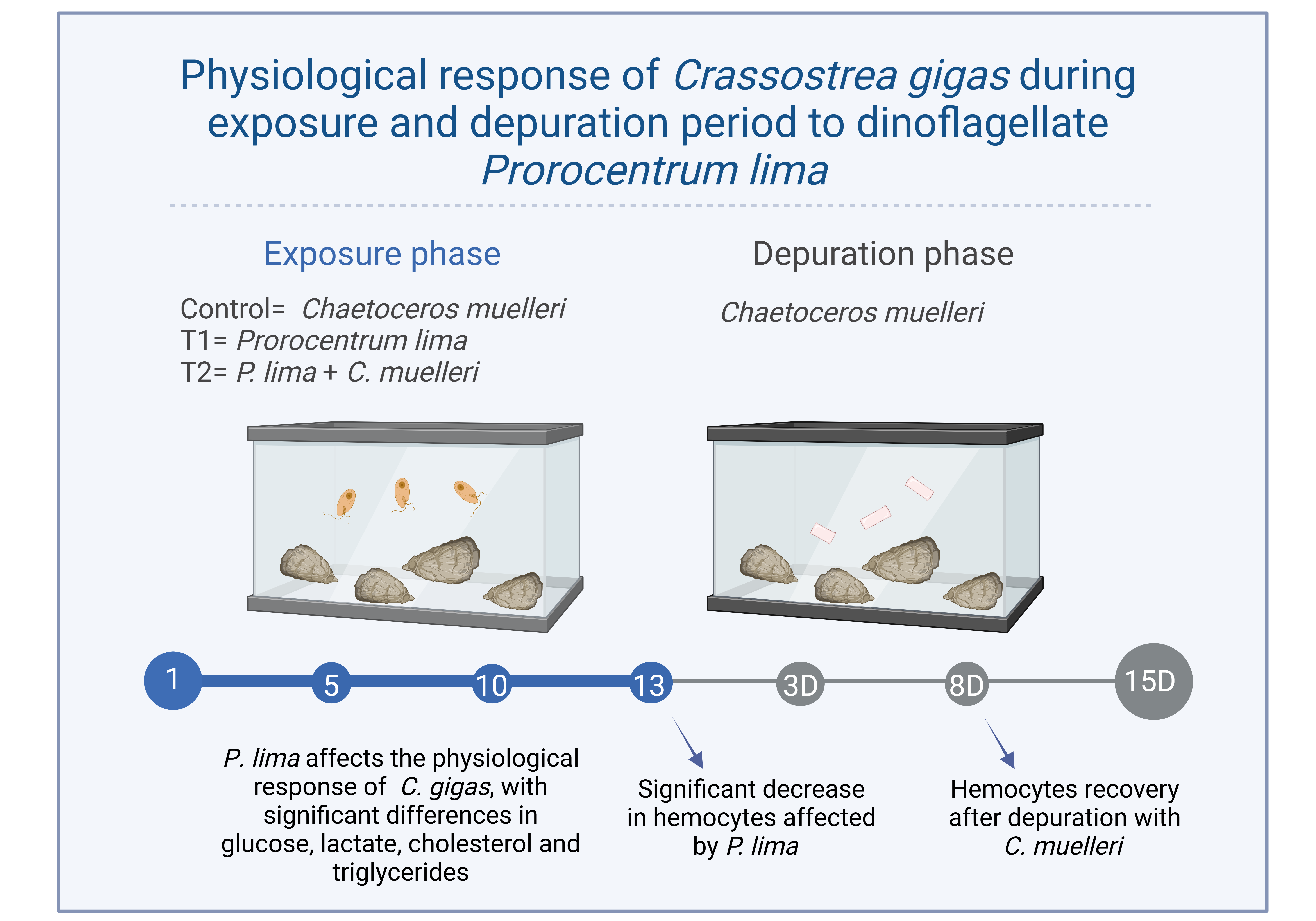
Downloads
Published
How to Cite
Issue
Section
License
Copyright (c) 2025

This work is licensed under a Creative Commons Attribution-NonCommercial-ShareAlike 4.0 International License.
The journal Biotecnia is licensed under the Attribution-NonCommercial-ShareAlike 4.0 International (CC BY-NC-SA 4.0) license.



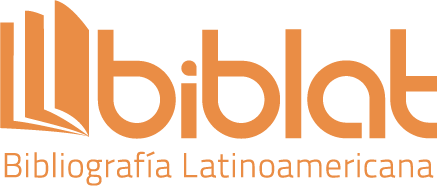
_(1)_(1).png)


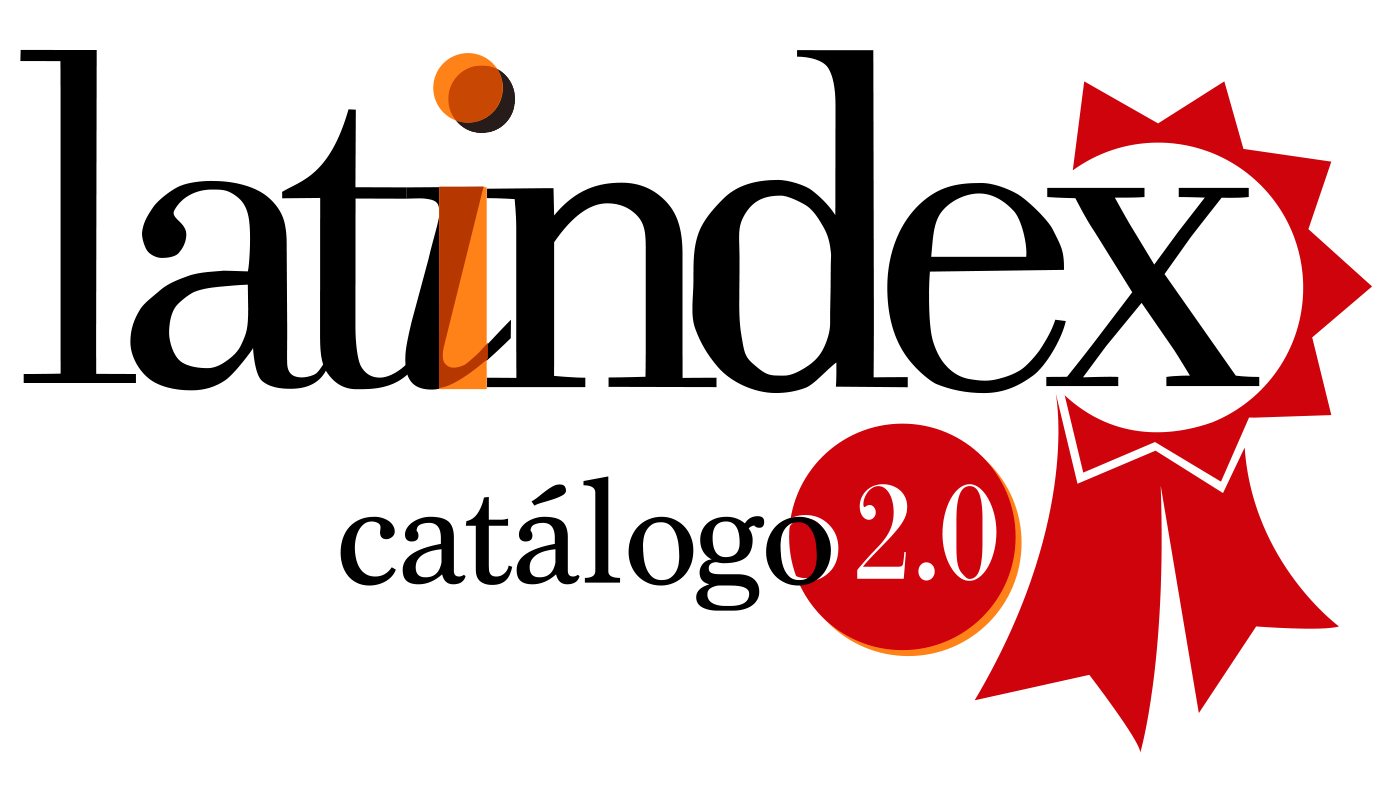

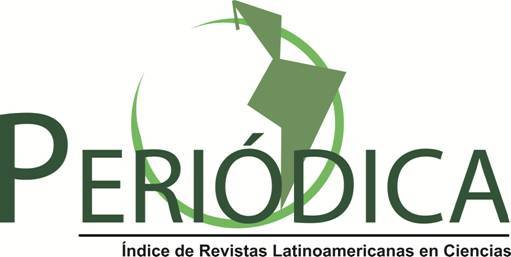

_(2).jpg)


